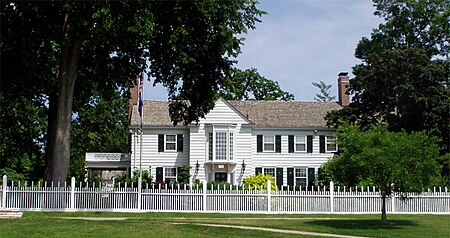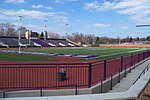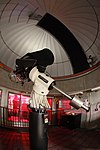Eastcliff (mansion)

Eastcliff is a 20-room house overlooking the Mississippi River in St. Paul, Minnesota, United States, which serves as the official residence of the president of the University of Minnesota system. It was first built in 1922 by local lumber magnate Edward Brooks Sr. and donated to the university by the Brooks family in 1958, beginning its service as the president's official residence in 1960 when O. Meredith Wilson took the position. In 2000, the home was added to the National Register of Historic Places. Today, it is the most-visited public residence in the state (outpacing the Minnesota Governor's Residence), often hosting events five days a week. 6,800 people were recorded attending 159 events in 2005. The building was designed in the Georgian colonial style by Clarence H. Johnston Sr., a close friend of Brooks and an architect who had designed many buildings at the university to fit a master plan by Cass Gilbert. Numerous renovations took place over the years, though repair efforts did not keep pace with wear and tear. In 1988, extensive repairs began on the house, but unforeseen problems caused costs to double. The ensuing outcry contributed to the exit of president Kenneth Keller from office. The following is a list of university presidents who have resided at Eastcliff: O. Meredith Wilson Malcolm Moos C. Peter Magrath Kenneth Keller Nils Hasselmo Mark Yudof Robert H. Bruininks Eric W. Kaler Joan T.A. Gabel
Excerpt from the Wikipedia article Eastcliff (mansion) (License: CC BY-SA 3.0, Authors, Images).Eastcliff (mansion)
North Mississippi River Boulevard, Saint Paul Union Park
Geographical coordinates (GPS) Address Phone number External links Nearby Places Show on map
Geographical coordinates (GPS)
| Latitude | Longitude |
|---|---|
| N 44.946388888889 ° | E -93.198333333333 ° |
Address
Eastcliff
North Mississippi River Boulevard 176
55104 Saint Paul, Union Park
Minnesota, United States
Open on Google Maps








